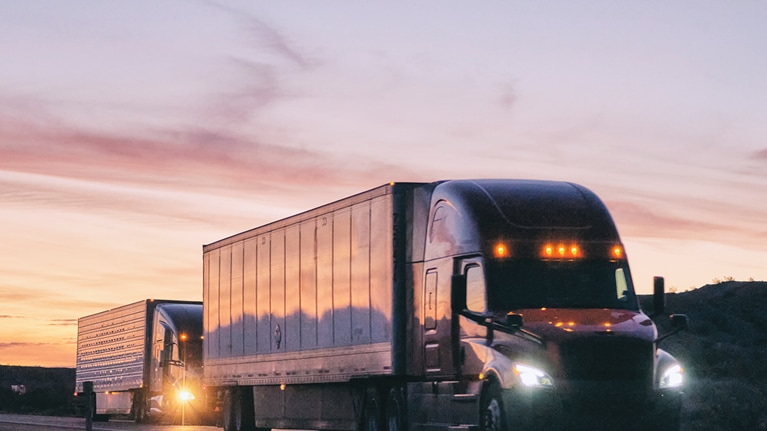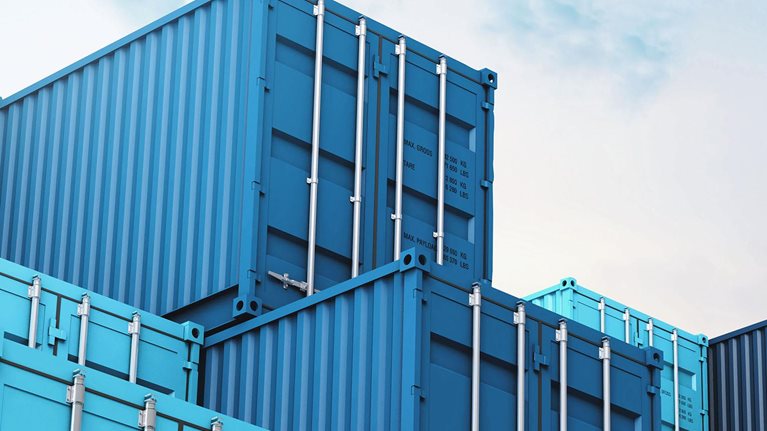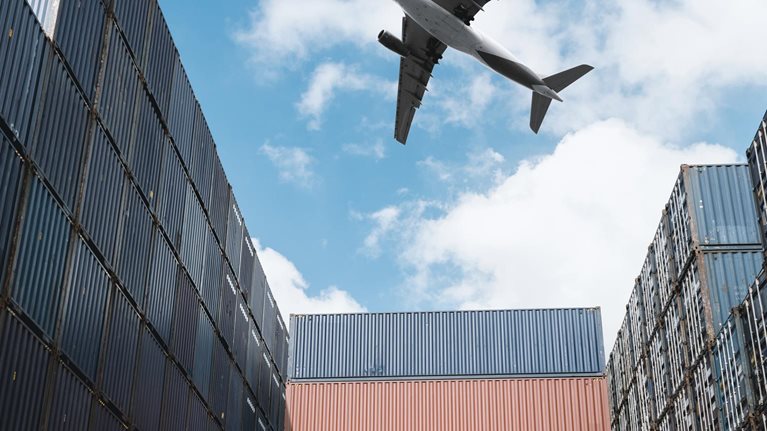More than 12 billion vaccine doses have been announced by all manufacturers for release in 2021—in case all vaccine candidates succeed in clinical trials. The first wave of vaccines for the 92 low- to middle-income COVAX countries represents two to three times UNICEF’s yearly routine vaccination program. The magnitude of the task requires bold, collective action from multinational organizations, governments, and industries.
In a year that has seen a pandemic that has left few unaffected and where consequences resulting from attempts to contain the spread of the COVID-19 virus have seen the lives and livelihoods of millions across the globe impacted, the most dire impacts cannot be overstated. In the worst cases, impacts on the livelihoods of those most vulnerable have led to rising poverty levels, with Oxfam reporting that as many as 12,000 people per day faced starvation in 2020.1
The inclusive and efficient distribution of safe vaccines is imperative for restoring economic recovery and protecting lives. After several promising vaccine trial results in 2020 and regulatory approvals,2 countries are starting mass-vaccination programs.
The Pfizer-BioNTech vaccine was authorized for emergency use by the United Kingdom’s medicine regulatory authority, ahead of the United States and Europe. While the first wave will only vaccinate 400,000 from the highest-risk groups, the United Kingdom has bought 40 million doses of the Pfizer-BioNTech vaccine,3 which was recently shown to have 95 percent efficacy after the second dose.4 After being granted emergency use authorization, the United States also began the rollout of the vaccine,5 with deliveries arriving in distribution centers December 2020.
As vaccine capacity ramps up, we face a task of unprecedented scale: to ensure inclusive, safe, and sustainable distribution to reach frontline healthcare workers, at-risk groups, and eventually all people around the world.
The logistical planning involved will push any previously used modeling and supply channels to new limits. More than 12 billion total vaccine doses have been announced by all manufacturers for release in 2021, contingent upon all candidates succeeding in trials. In this ideal scenario, six billion to seven billion doses will be shipped in the first wave of pre-ordered vaccines, after which many countries are expected to reach the World Health Organization’s minimum target of 20 percent immunization.6
COVAX—an initiative co-led by the World Health Organization, Gavi, the Vaccine Alliance, and the Coalition for Epidemic Preparedness Innovations—is working with UNICEF to coordinate the distribution of vaccines to a raft of low- to middle-income countries.
To put the scale of the task into perspective, the first wave of vaccines for the 92 countries in the COVAX program represents two to three times UNICEF’s yearly routine vaccination program—but up to four to five times its current monthly flows if the vaccines get distributed in a six-month period.
Would you like to learn more about our Travel, Logistics & Infrastructure Practice?Travel, Logistics & Infrastructure
Since March 2020, the World Economic Forum supply chain and transport industry team has convened 35 leading companies across the logistics and transportation ecosystem that, with support from McKinsey, have been working collaboratively to identify priorities and help address the logistical challenges of the pandemic and the distribution of the vaccines. We have identified a number of key factors that will play crucial parts in a successful rollout process.
The first relates to the geographies involved in the production process. More than 90 percent of all COVID-19 vaccine doses are expected to be produced in the United States, throughout Europe, India, and China, while countries in Africa and Asia (excluding India and China) are expected to be the largest importers.7 According to a joint scenario model by the World Economic Forum and McKinsey, the largest exporters, Europe and India, are expected to ship approximately one billion doses each during the first wave (to reach 20 percent immunization globally), of which around 600 million could go to Africa and 1.1 billion to Asia, apart from India and China (Exhibit 1).

Ten to 20 percent of the vaccines—for example, the Pfizer-BioNTech vaccine’s production capacity of 1.3 billion doses in 2021—will likely require ultracold supply chain facilities at –70 degrees Celsius, but these will mostly be applied within Europe, Japan, or North America, which can dedicate resources to building the necessary capabilities.
Although all countries have their own logistical challenges, less developed countries of the Global South will need more support to successfully distribute the vaccines. Intercontinental shipments will be affected by constrained air-cargo capacity, with an overall reduction of 20 to 25 percent expected in the first and second quarters of 2021 (Exhibit 2). However, charter flights could solve this if adequate funding is made available.

Logistics capabilities vary among countries in the Global South, but they are also generally lower for any kind of cold-chain logistics than in the mature economies. Particularly challenging are operations in relation to airport handling, warehousing, dry ice facilities (to handle vaccines with deep frozen temperature requirements), and the last mile in rural areas.
There is also a higher risk of deviation and counterfeiting, requiring security solutions for serial numbers, tracking, and potentially blockchain technology in Global South countries. Lastly, the distribution of high volumes of ancillary vaccine supplies—such as syringes, needles, and personal protective equipment kits—that greatly exceed the volume of the vaccine vials in number and tonnage, will also require effective coordination and collaboration to ensure timely delivery across the transport ecosystem to these locations.
Taking these challenges into account, how can the supply-chain and transport community safeguard the vaccine distribution to get us all out of this pandemic?
We see four avenues for collective action:
- Engage with governments, customs authorities, and nongovernmental organizations to enter public–private partnerships that ensure fast and safe global movement of vaccines. This means arranging preclearance, airspace clearance, documentation, and training.
- Encourage asset sharing, where indicated and as appropriate, to resolve bottlenecks and fill potential gaps in the vaccine supply chain, namely consolidating air cargo volumes, deploying reefer containers, sharing re-icing facilities and warehouse spaces, or consolidating last-mile volumes.
- Assign noncompetitive expertise to support governments where indicated and, as appropriate, to advise on solutions related to on-the-ground vaccine distribution planning.
- Support COVAX in its coordinating role and respond to its requests for information, resources, assets, or emergency calls for action.
We believe that the unprecedented magnitude of the pandemic requires innovative and bold collective action from multinational organizations, governments, and industries to deal with the effects and support the return to a new normal. With lives and livelihoods of millions across the globe depending on our ability to harness the power of such collective action—whether in health delivery, goods delivery or humanitarian services—we all must ask ourselves if we are ready to do what it takes. We must be ready to act inclusively to protect the lives of those most vulnerable and, in so doing, ensure no nation and no vulnerable community is left behind.
This piece was originally posted on the World Economic Forum site and is posted here by permission.


